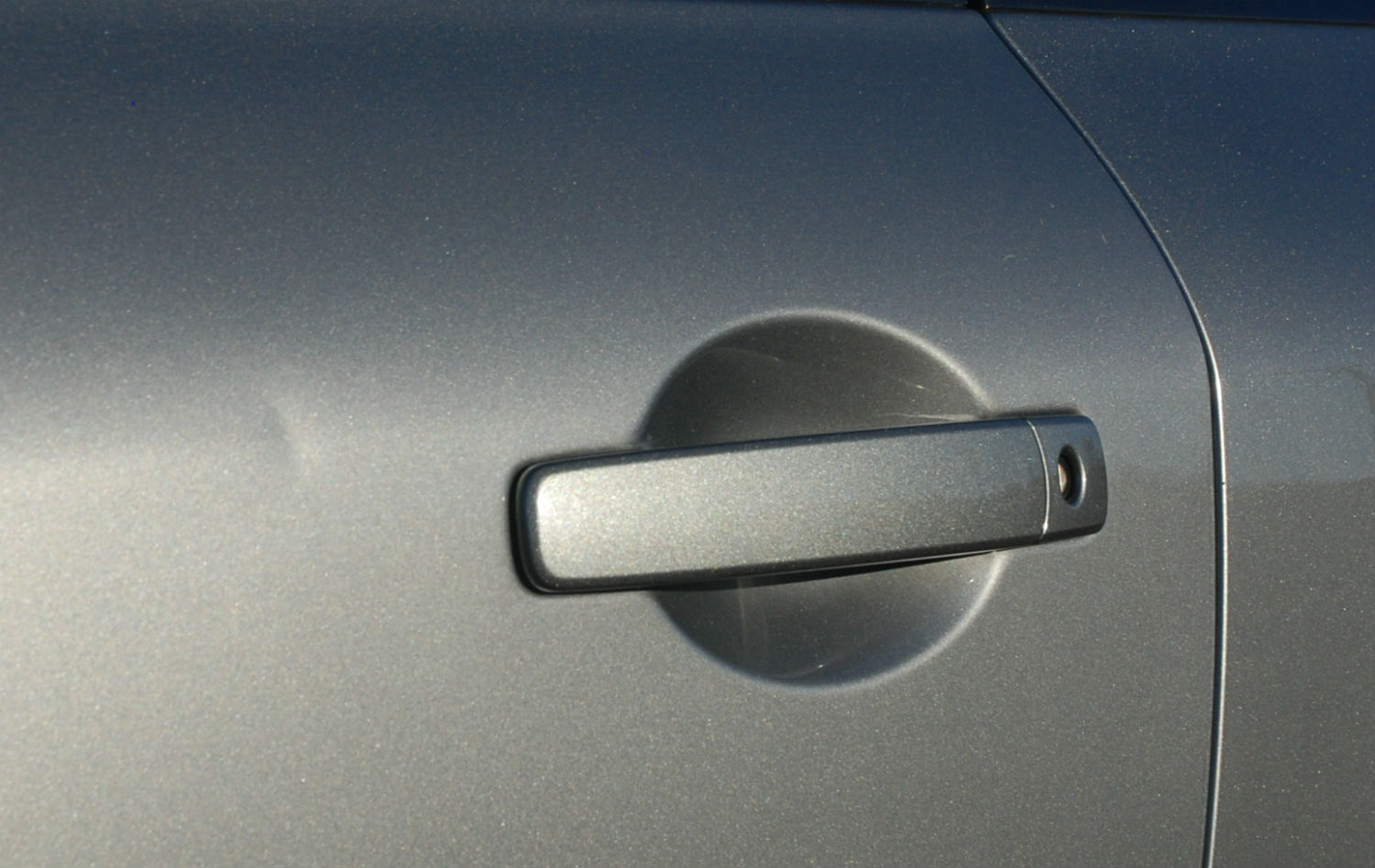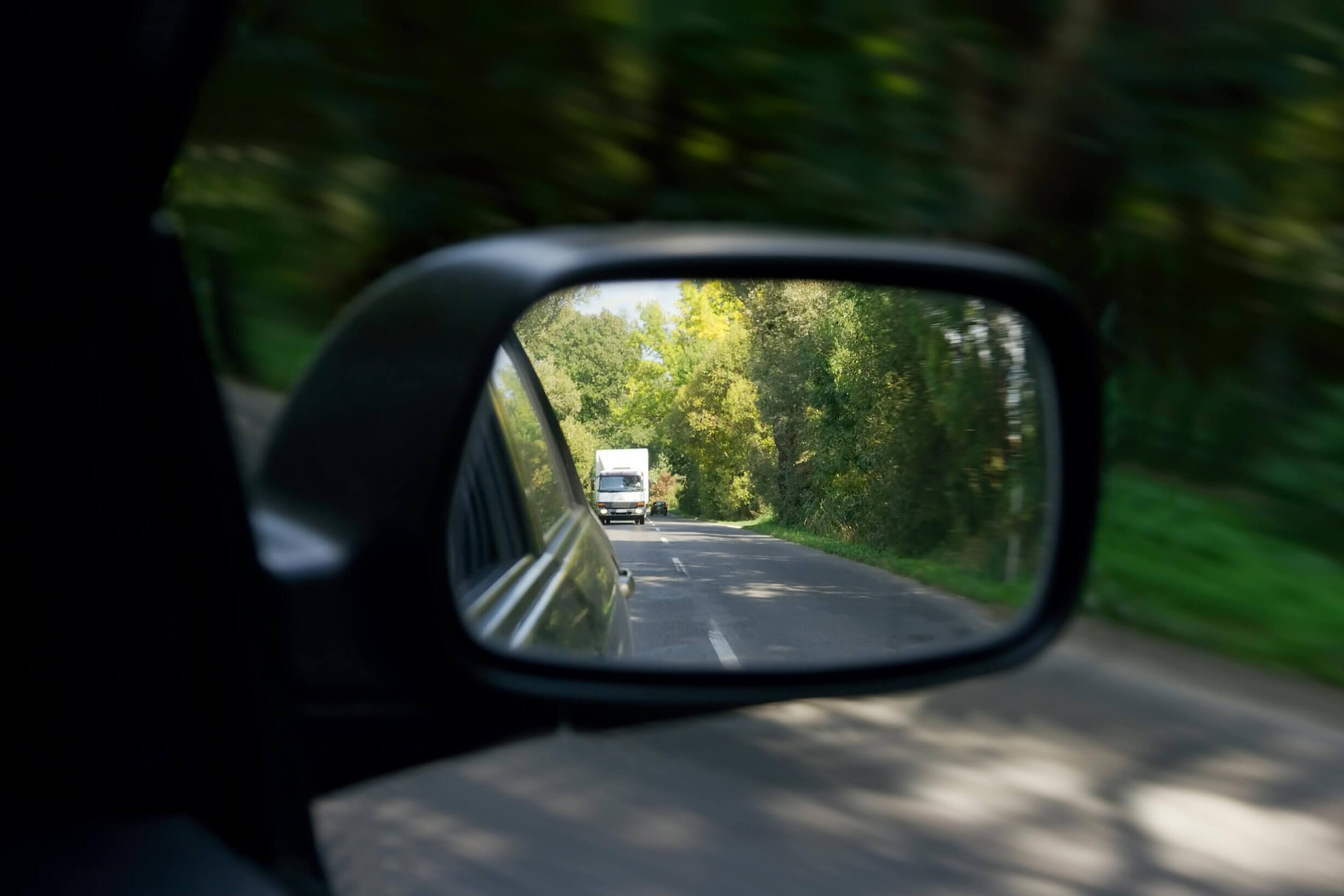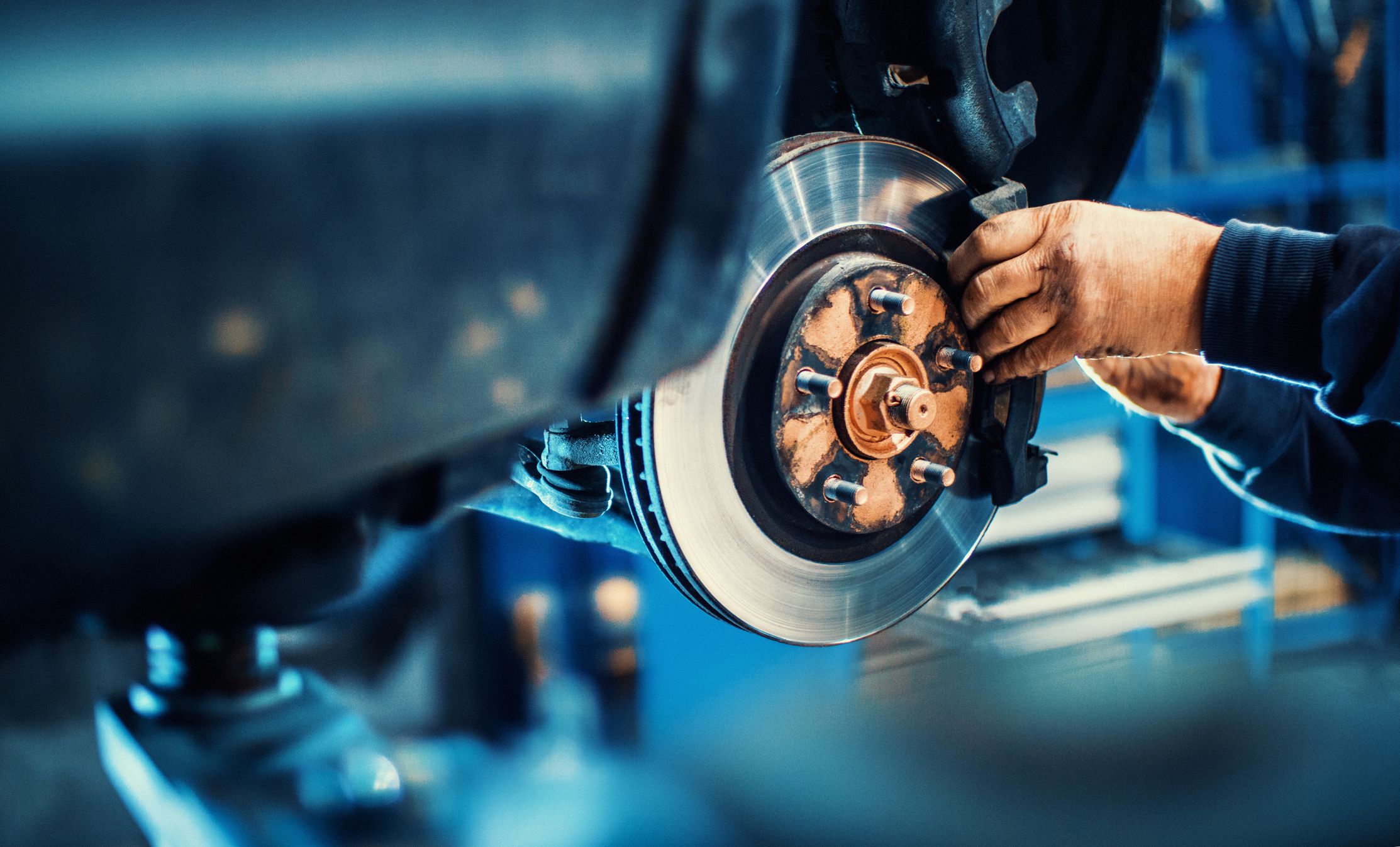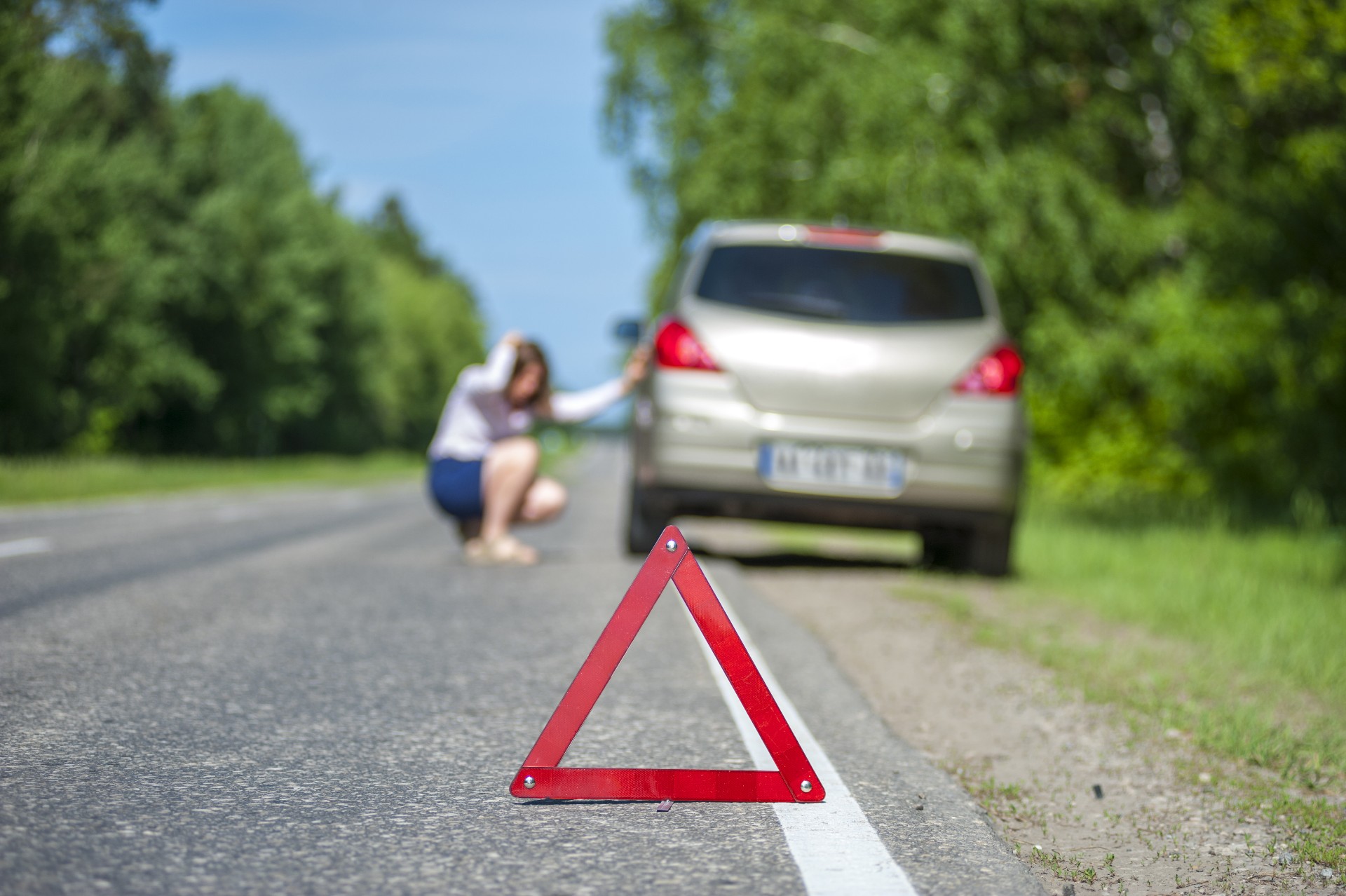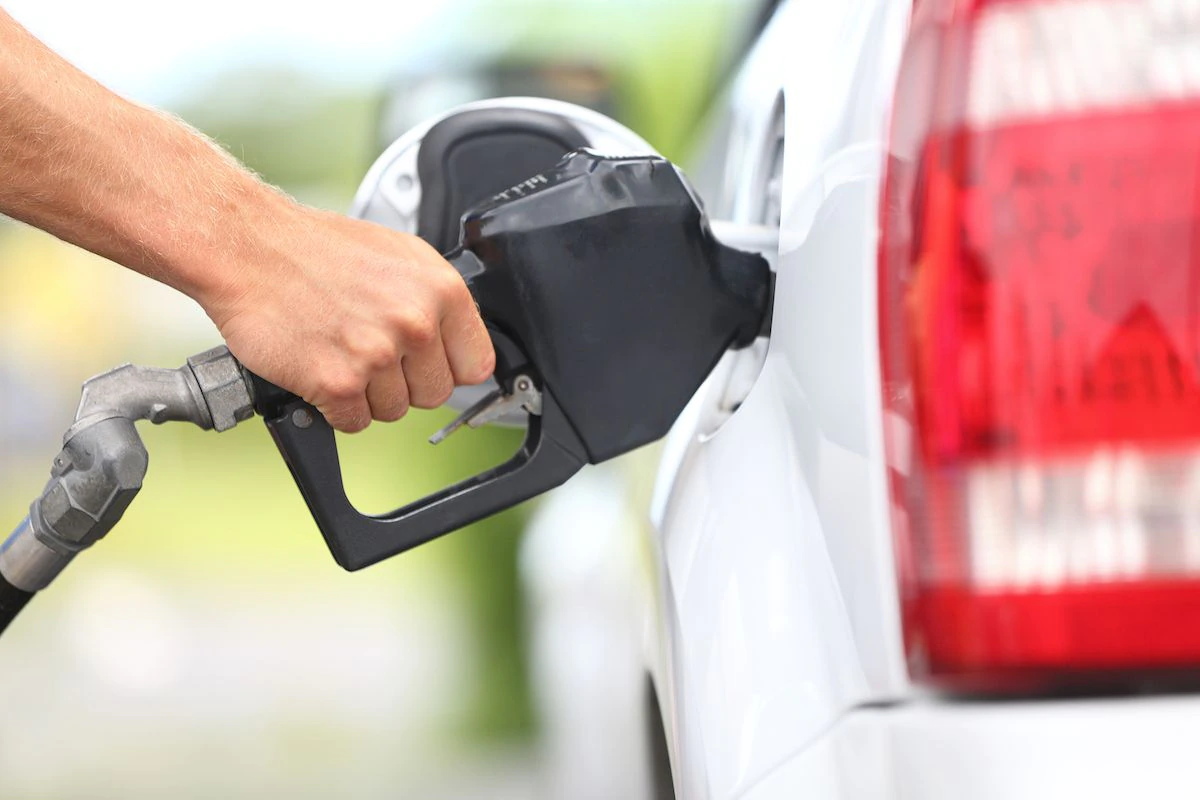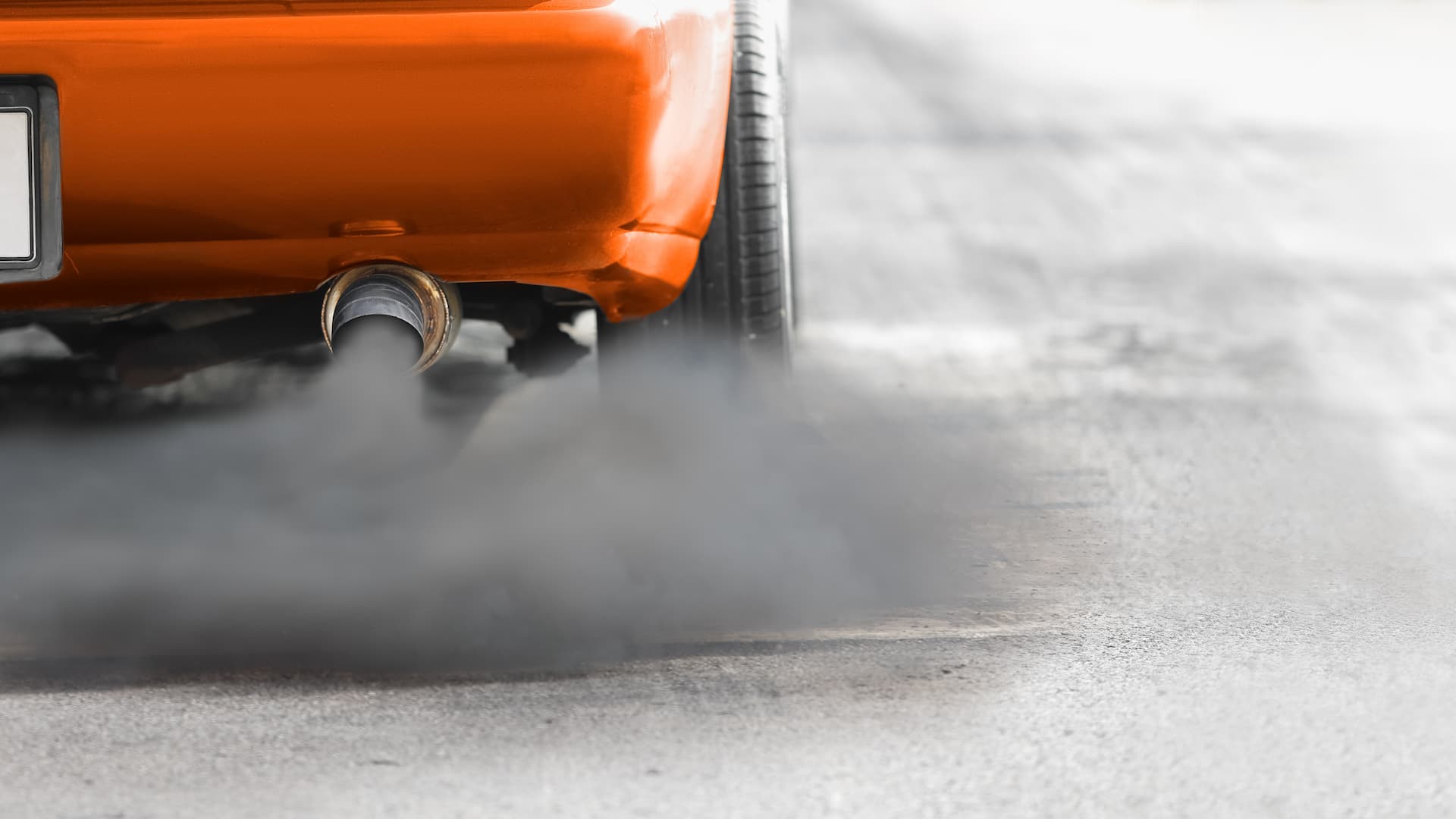Keeping your car clean on the outside protects the paintwork; keeping it clean on the inside makes it a nicer place to be. Keeping it clean under the bonnet can help maintain its performance and save you money.
If you’re looking to take the next step in car cleanliness, have a think about cleaning your air filter. Filters prevent dust, dirt and debris from being drawn into the engine through the air intake pipe, and they need to be cleaned fairly regularly to maintain the performance and efficiency of the engine.
Here, we show you how to clean a car air filter so you can save money and do it yourself. We’ve also covered the essentials of air filter maintenance, so you know when and how to approach the job.
How to Clean a Car Air Filter
Cleaning the air filter is easy if you have a good idea of where everything is positioned under the bonnet of your car. You can use a couple of different methods to get the job done, and we show you how in our step-by-step guides below.
Before getting started, you should ensure you have a few materials to hand. These include:
- Screwdrivers
- A vacuum with hose attachments/handheld vacuum
- A torch (or natural light will work, too)
- A bucket
- Water
- Laundry detergent
- A clean towel
Locating the Air Filter:
You’ll find your car’s air filter on top of the engine where it’s easy to reach. If you can’t find it, take a look at your car’s manual, which should label all the different engine components.
Don’t have the manual? Head online, as there’s likely to be a digital version or a YouTube video showing you where it is. Failing that, you should ask a mechanic to point it out next time your car is in for a service.
Removing the Air Filter:
Air filters are normally found in a plastic or metal housing, which you’ll need to open up before you can remove the filter. In newer cars, they’re normally just clipped down, making them easy to remove, but you might need to unscrew or unbolt a section of the housing if your car is older.
When you’ve opened the air filter housing, it should just be a case of pulling the air filter out.
Cleaning the Air Filter with a Vacuum Cleaner:
The easiest way to clean a car air filter is with a vacuum cleaner. Connect the hose attachment to your standard household vacuum, and you’ve got the perfect tool for getting into the ridges of the filter itself.
Vacuum both sides of the filter for about two minutes, making sure you’ve got all the visible dirt and debris. When you’re done, hold the filter up to a bright light, as this will show any bits you might have missed. Go over the filter once more, then you’re ready to replace it.
Cleaning the Air Filter with Water:
If your car’s air filter is very dirty and you have a bit more time on your hands, you can clean it with water. Cleaning an air filter with water takes a lot longer, especially when you factor in the drying time, but it will get you great results.
Start by filling a clean bucket with water and a small amount of laundry detergent. Submerge the filter in the water and swirl it around, using your hands to aggravate dirt and dust out of the filter material. Then, remove it from the water and shake off any excess, before rinsing it under running water.
When it’s clean, place the filter on a clean towel and leave it to dry. Depending on where you dry it, the filter could take up to 24 hours to dry completely, so make sure you give it enough time before you plan to use your car again.
Remember – the filter must be totally dry before you replace it. If it’s even slightly damp, it could cause serious engine problems because dust and particles will cling to it and block the airflow. Make sure it’s bone-dry before replacing it.
What Does a Car Air Filter Do?
A properly functioning car air filter helps prevent contaminants from getting into the engine. It’ll block things like insects, dust particles, and other debris that could hinder the combustion process or damage moving parts.
When your car’s air filter is clean and fully functioning, it can help extend the life of your engine, enhance vehicle performance, and improve fuel efficiency. If it’s clogged, you’re likely to experience reduced performance and efficiency, and in the worst cases, even stalling and reduced power output.
How Often Should You Clean a Car Air Filter?
Aim to clean your car’s air filter every 15,000 miles or so. Your car’s manual will recommend a service schedule for the air filter, so you should stick to it. You may need to clean the air filter more often if you live in a rural area, where there’s usually more dirt and dust on the road.
The air filter can also become clogged quickly during the summer months for the same reasons. If you tend to spend lots of time behind the wheel at this time of the year, then you might want to consider cleaning or even replacing the filter before the warm season hits.
If you don’t drive much, we’d still recommend cleaning the air filter at least once a year as part of a regular service, as this will guarantee the performance and efficiency of the engine. You should also replace the air filter every three years, as they can become brittle and won’t work as well over time.
Cleaning your own car air filter regularly is a great option that can help you save money while also doing your bit to lower emissions.
What Are the Commons Signs of a Dirty Car Air Filter?
Air filters are often overlooked as part of regular maintenance, but it’s important they’re kept clean in line with the manufacturer’s recommendations. If you drive with a dirty air filter, you might notice the following:
- Reduced fuel economy
- Unusual engine sounds
- Reduced power
- Check Engine Light on
- Black smoke from the exhaust
- Misfiring engine
- Strong smell of petrol or diesel when starting the car
If you experience any of the above and can’t figure out what’s wrong, don’t forget to check the air filter. A thorough clean may instantly solve the problem, or you might need to replace it. Remember, if it’s very dirty, cleaning the filter with water does give better results than simply vacuuming it – just make sure you leave it to dry thoroughly before replacing it.


